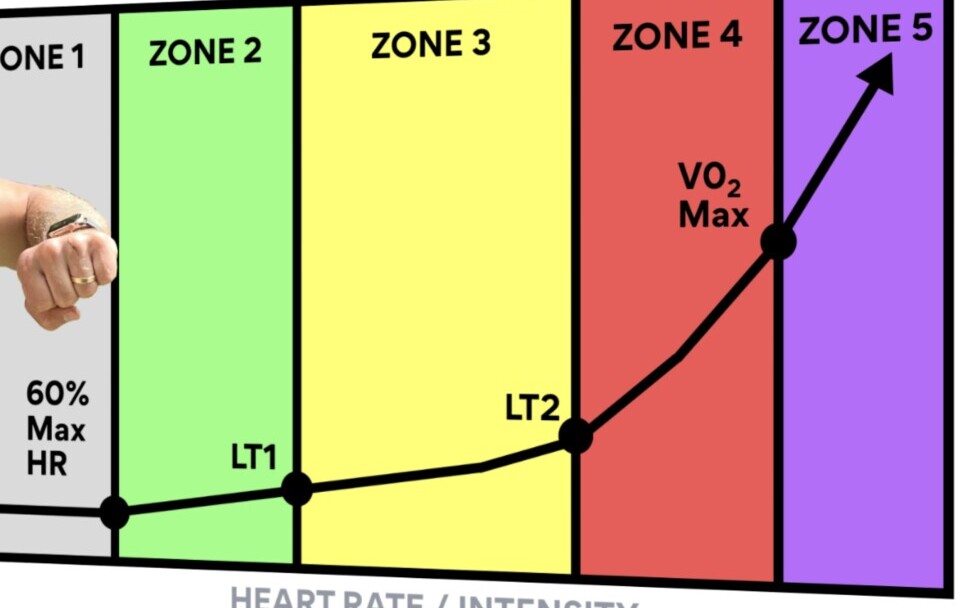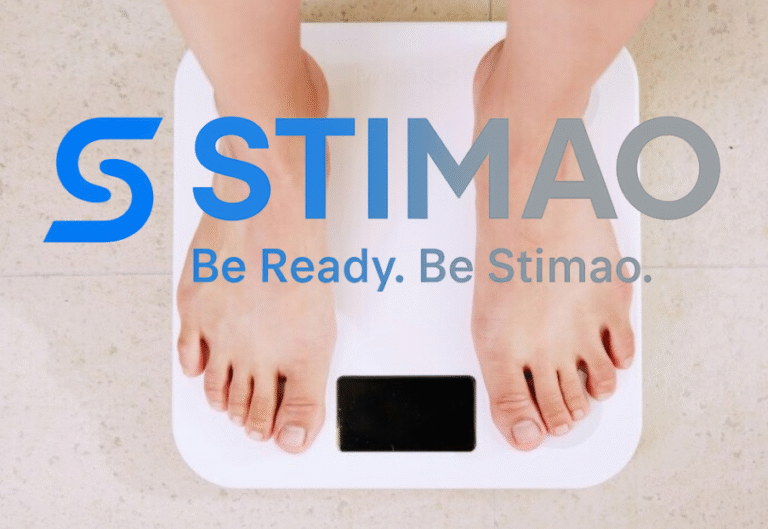
Understanding heart rate zones might sound technical, but it’s more straightforward than you think. These zones are based on your maximum heart rate (MHR), which is the highest number of times your heart should beat per minute during maximal exercise. Wearables like smartwatches use this metric to assign different intensity zones: think of these as signposts that guide you through your workout journey.
The heart rate zones break down into five distinct levels, each serving a unique purpose in your fitness quest. Zone 1, the mellowest, is perfect for easy walks or warming up, while Zone 2 gets the spotlight for fat burning and building endurance. Then there’s Zone 3, where things heat up a bit more, boosting your aerobic fitness.
These zones aren’t just numbers; they’re tools for building your workout strategy. Zone 1 to 2 can be your comfort zone, great for long sessions without feeling winded, promoting fat burn. To level up, Zone 3 increases intensity, perfect for pushing yourself but not to the point of exhaustion.
Ever wondered why pro athletes look so relaxed during intense workouts? They know exactly which heart rate zone they’re in, maximizing efficiency. Wearables help everyone do the same by giving real-time feedback. This tech keeps you aware of whether you’re in the right zone for the goals you’ve set, acting like a coach on your wrist.
Why rely on guesswork when your wearable can show you exactly how your heart is doing? Smartwatches and fitness bands use sensors to track heartbeats, letting you adjust intensity right there in the moment. It’s all about making every minute count, ensuring you’re getting the most out of each sweat session.
Optimizing Workouts for Fat Loss and Performance: Zone Confusion Demystified
Confused about whether Zone 2 or Zone 3 is the go-to for shedding those stubborn pounds? It all comes down to your goals and how your body responds to different intensities. Zone 2, often dubbed the ‘fat-burning zone,’ operates at a lower intensity, making it sustainable for longer durations. This means you’re tapping into stored fat as a primary energy source, potentially aiding fat loss over time.
Zone 3 is where things get exciting if you’re looking at improving overall aerobic capacity. It’s a bit more intense than Zone 2, increasing your cardiovascular fitness faster. While you still burn fat, it requires more carbohydrates as energy fuel, adding a twist to your regimen. The trick is mixing these zones into your workouts based on what you’re aiming for so you can cover all your bases.
Wondering if Zone 3 or Zone 4 is better for running? It depends! Zone 3 offers a good balance, boosting endurance without pushing you too hard, while Zone 4 is all about performance, helping improve speed and power. For most recreational runners, Zone 3 might be a sweet spot for balancing improvement and sustainability.
Wearables are your sidekick in zone training, ensuring you stay on track. With real-time metrics, you can easily shift gears during a workout, maintaining your target zone and making every second count towards your fitness goals. Smart data helps eliminate guesswork, making it simpler to optimize your exercise routine and see results faster.
Experts vouch for zone-based training because it tailors your fitness journey to your body’s needs. There’s no one-size-fits-all in fitness, but understanding and using heart rate zones can be a game-changer for anyone looking to get smart about solving their workout puzzle.





